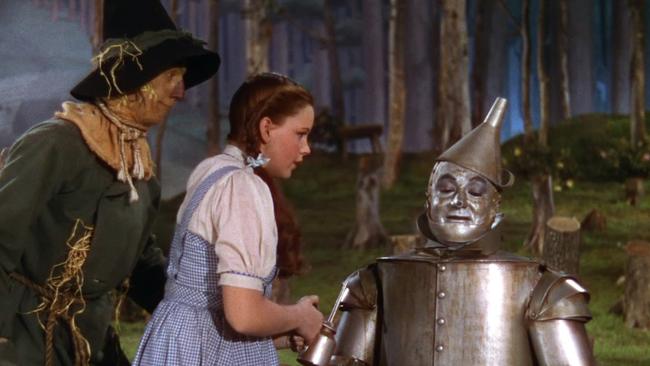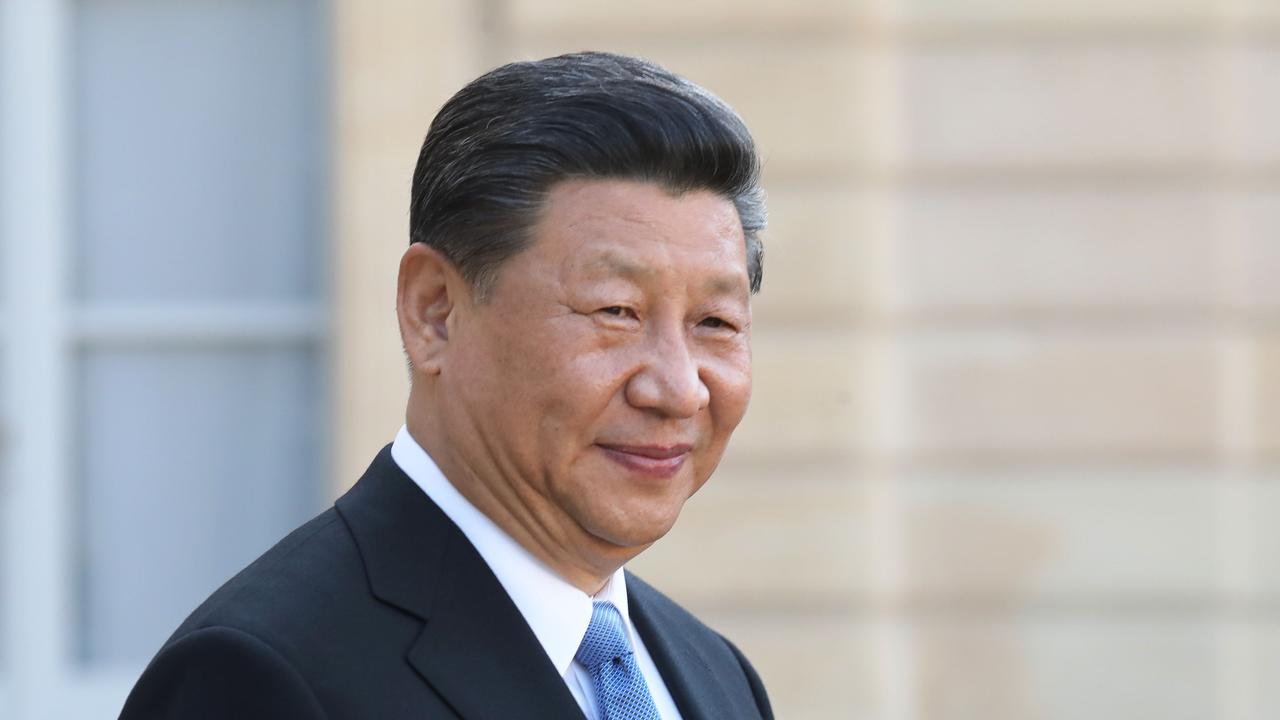Nostalgic celebration of Tinseltown’s amazing Technicolor dream
The centenary of the Technicolor’s incorporation in 1915 is the occasion for a series at the Museum of Modern Art in New York.

When Dorothy says, “Toto, I have a feeling we’re not in Kansas any more,” in The Wizard of Oz (1939), after stepping from sepia Kansas into a land bursting with rainbow hues, it is not only the beginning of a potent fantasy but a celebration of the magical possibilities of colour in Hollywood film.
Although colour, in forms such as tinting and toning, had existed from the early days of cinema, Technicolor made possible an intoxicating dream world.
The centenary of the company’s incorporation in 1915 is the occasion for Glorious Technicolor: From George Eastman House and Beyond, a series at the Museum of Modern Art in New York. The retrospective focuses on American productions between 1922 and 1955, the year Hollywood studios stopped using Technicolor three-strip cameras. Organised by MoMA’s Joshua Siegel, it includes more than 60 feature films, along with shorts, cartoons, industrial films and screen tests.
Under the leadership of co-founder Herbert T. Kalmus, Technicolor tenaciously worked towards the goal of a three-colour process, finally achieved in the 1930s. Glorious Technicolor includes films made in the preceding two-colour processes, such as the groundbreaking The Toll of the Sea (1922), starring Anna May Wong. While it yielded some beautiful results, two-colour’s limited palette presented artistic challenges.
A witty musical short set in a Mexican cantina, with a bold colour scheme devised by Broadway designer Robert Edmond Jones, La Cucaracha (1934) demonstrated the commercial viability of the three-strip process. Its success encouraged Pioneer Pictures to make the first three-strip Hollywood feature: Rouben Mamoulian’s Vanity Fair adaptation, Becky Sharp (1935), also with colour design courtesy of Jones.
Colour in the service of storytelling took a leap forward with the first three-strip Technicolor feature shot outdoors, The Trail of the Lonesome Pine (1936). Emphasising rich greens, browns and blues, it breathtakingly evokes the tale’s mountain setting.
Walt Disney’s first three-colour Technicolor film, the short Flowers and Trees (1932), yielded exciting results, and more soon followed.
It’s hard to imagine the transformation of orchestral music into other-worldly visions in Fantasia (1940) without the Technicolor paint box.
Technicolor demonstrated its suitability for an array of genres, from musicals such as Busby Berkeley’s exuberantly coloured The Gang’s All Here (1943) — with its kaleidoscopic and jaw-droppingly erotic Carmen Miranda song-and-dance numbers — to painterly westerns such as John Ford’s Drums Along the Mohawk, She Wore a Yellow Ribbon (1949) with John Wayne, as well as melodramas, biblical epics, sci-fi thrillers, seafaring adventures, literary adaptations and children’s stories.
MoMA is aiming to approximate as closely as possible the look of these Technicolor marvels when they were first shown.
All of the films will be projected on celluloid, and many of the original dye-transfer prints and reprints are from the George Eastman House collection.


